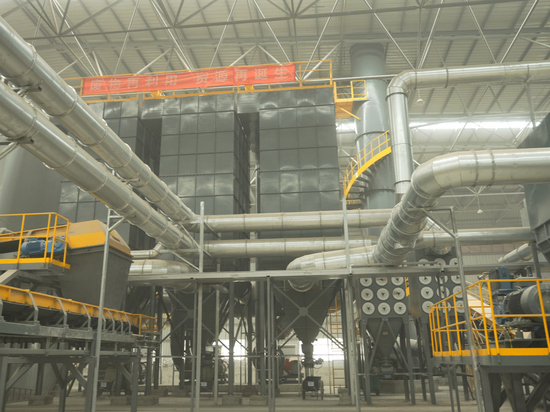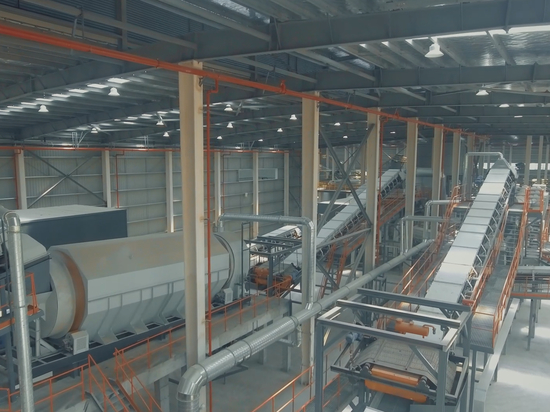
#Industry News
JONO’s C&D Waste Solution
Changshu C&D Waste Treatment Plant Project (Phase II)
Introduction
The waste disposal project for construction and decoration in Changshu is divided into two phases: temporary treatment of mixed construction and decoration waste in Phase I, and daily treatment of such waste in Phase II. The previous article covered the Phase I project, while this article will introduce the Phase II project in Changshu. The successful operation of both phases has not only driven similar projects' development nearby but also had a nationwide impact.
Project Overview
The second phase project in Changshu, also known as the Changshu Building Materials Recycling Center Project, is a crucial environmental infrastructure initiative covering approximately 28.75 hectares of land. It involves constructing a 55,000 cubic meter fly ash landfill and a 125,000 cubic meter landfill for non-recyclable building and decoration waste. Additionally, it includes establishing a resource recycling system with a daily capacity of 500-800 tons for building and decoration waste, ensuring an annual disposal capacity of no less than 300,000 tons.
Project Highlights
1. High Purity Aggregates
The project utilizes variable air-classifier technology to achieve gravity separation based on the density disparity between light and heavy substances in the material. Air is the preferred method of separation, with a processing capacity of up to 50T/H and impurity content in the obtained aggregate being less than 1%.
2.Anti-blocking Screening Technology
Construction and decoration waste is often dumped in an open area, where moisture causes materials to stick together and block screens. And long, strip-shaped large pieces of material can also cause the production line to stop and reduce processing efficiency. To solve the blocking problem, the project employs a highly efficient and intelligent three-dimensional anti-blocking screening technology to selectively separate long strip-shaped materials, which greatly reduces the frequency of screen mesh blockage.
3.High-efficiency Separation
This project has adopted advanced intelligent identification technology and utilized efficient separation equipment like ballistic screen to process construction waste, achieving an impressive 98% separation rate for organic and inorganic materials. Furthermore, it is equipped with a dust removal system to ensure environmentally friendly and highly resource-efficient treatment, making a significant contribution to Changshu's sustainable development.
Conclusion
The main difference between Phase I and Phase II of Changshu Construction Waste Disposal is that Phase I focuses on waste volume reduction, while Phase II emphasizes resource utilization. By combining the two, Changshu has achieved efficient waste disposal while maximizing resource utilization.
If you are interested in this project, please contact us for more detailed information.








